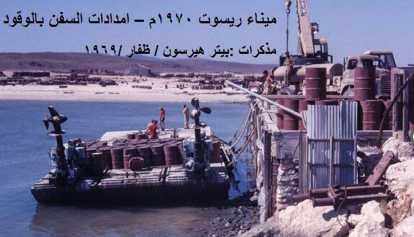Our Story
Taking strides to reach peak potential for over two decades
The Port of Salalah was founded in 1998. Since then, it has become one of the largest ports in the region and in the Sultanate of Oman, making a significant contribution to regional trade and facilitating global transactions.
So far, the port has handled over 50 million TEUs and over 100 million MT of bulk, liquid, and general cargo. Since its inception, the container and available cargo terminals have grown from strength to strength. This has been made possible through our consistent focus on infrastructure, resources, and world-class operations.
2025
Salalah Port marks a milestone with a USD 300 million container terminal upgrade, modernizing six berths, extending yards, upgrading power and access, and adding advanced cranes and vehicles. The expansion strengthens its role as a key hub in the Gemini cooperation network and a regional transshipment centre. The port also welcomed five dual-fuel methanol-powered Maersk vessels, highlighting its readiness for eco-friendly shipping.

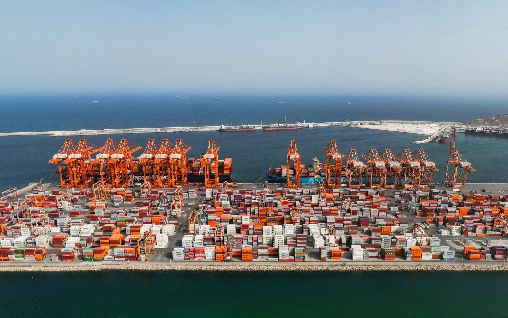
2024
For three consecutive years, Port of Salalah has maintained its position as the 2nd most efficient container-handling port globally and 1st in the region in 2023.
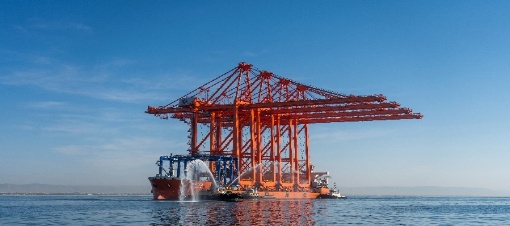
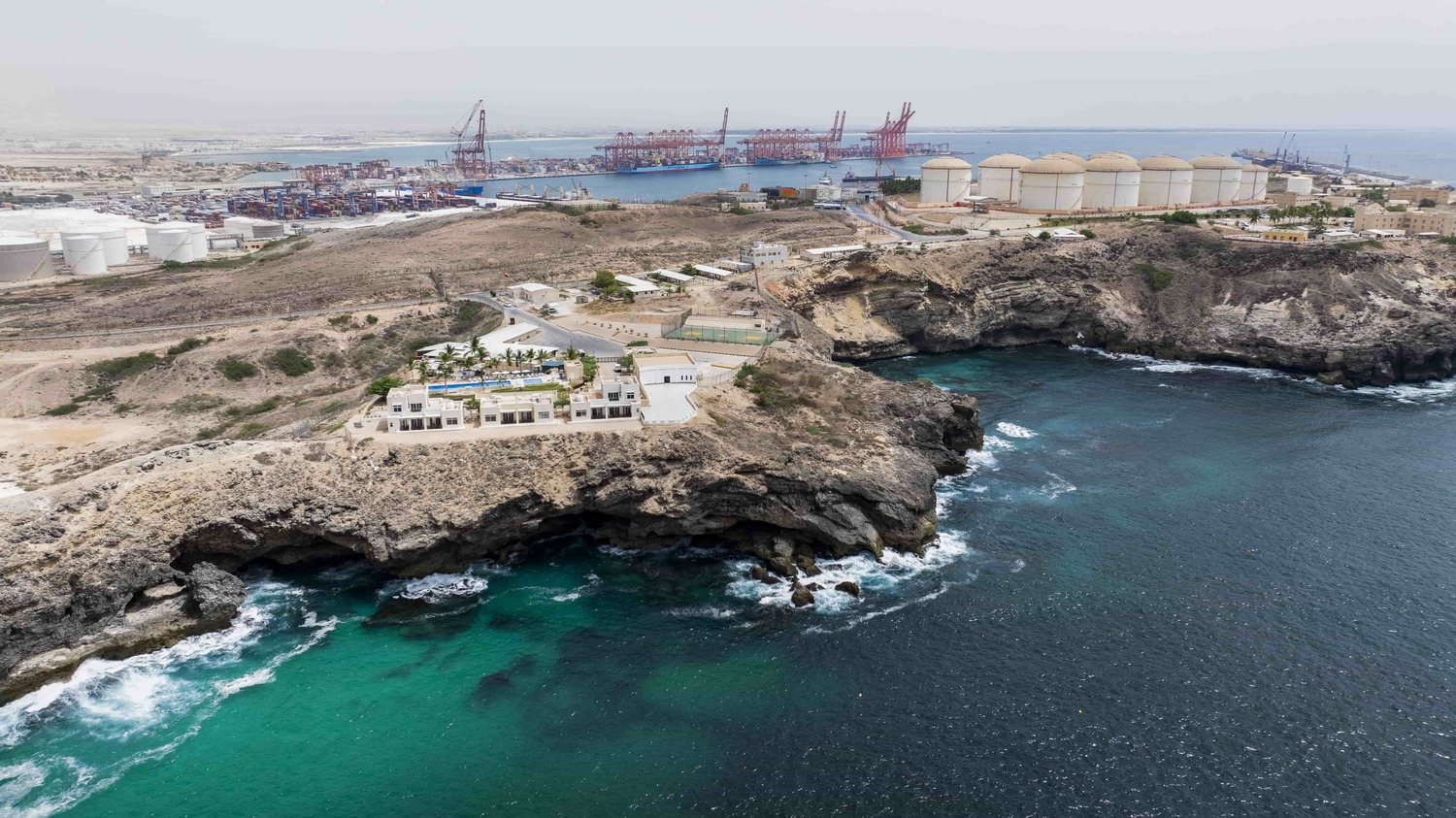
2023
Port of Salalah had been ranked the second most efficient container port in the world in the 3rd edition of global Container Port Performance Index (CPPI) developed by the World Bank and S&P Global Market Intelligence. Port also claimed the top spot in the West Central and South Asia region.
Port of Salalah celebrated its 25th anniversary (Sliver Jubilee) of operations.
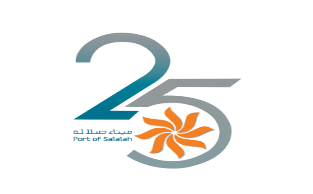
2022
Port of Salalah advanced four positions, rising from 6th place in the 2020 Container Ports Performance Index (CPPI) to 2nd place globally in the CPPI 2021, as published by World Bank–S&P Global Market Intelligence. Additionally, the port secured 1st place in the throughput category for large ports handling over 4 million TEUs.
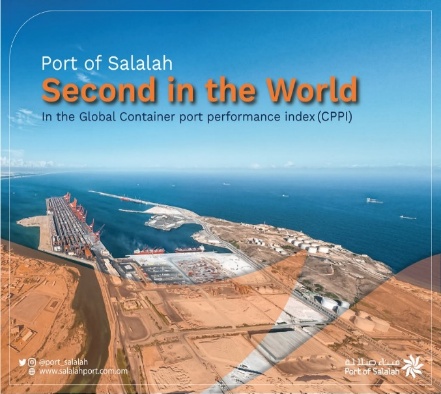
2021
Port of Salalah was recognized as the 6th most efficient container port globally by the World Bank, IHS Markit, and UNCTAD Annual Index 2020. The port surpassed previous records by handling 4.5 million TEUs and 16.9 million MT of general cargo. To expand operations, the port invested in 16 eco-efficient RTG cranes and three mobile harbour cranes. In partnership with ROP Customs, the port successfully tested Sea-Air cargo connectivity and collaborated with Maersk to launch a new end-to-end logistics service to Yemen via Al-Mazyunah Free Zone. In Lloyd’s List Top 100 Container Ports 2021, Port of Salalah ranked 43rd globally.
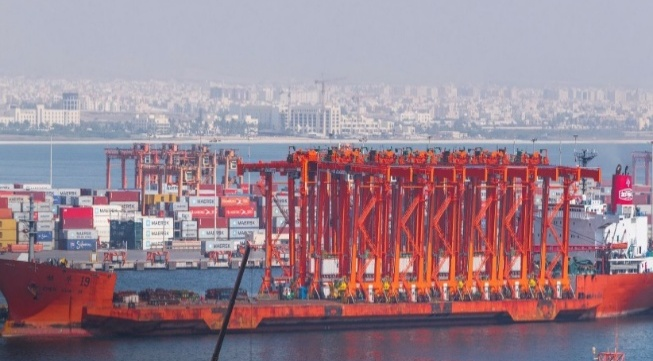
2020
Port of Salalah received the Gulsun Class – MSC Isabella, it’s the biggest container vessel in the MSC fleet and the second largest in the world, to-date it’s the largest container vessel the Port had ever handled. Port of Salalah had hit a record container volume of 4.3 million TEU. Port of Salalah joined blockchain-enabled digital shipping platform. Lloyd's List Top 100 Container Port 2020 - Port of Salalah ranked no. 44.
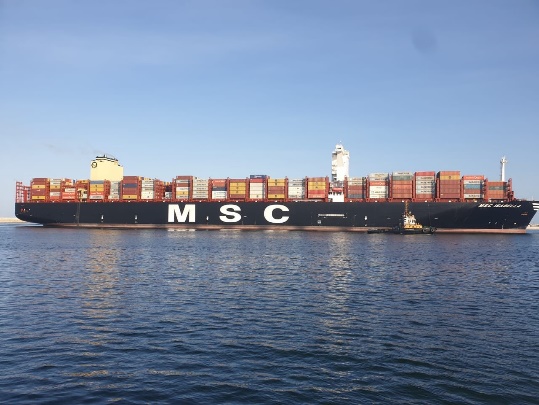
2019
Port of Salalah set a new productivity record of 412.97 PMPH and achieved an all-time high container volume of 4 million TEUs. A Central Service Corridor Piperack was completed to transfer liquid products from Salalah Free Zone to the Liquid Jetty Terminal. In Lloyd’s List Top 100 Container Ports 2019, the port ranked 51st globally. The Geniuses Team secured first place in the HISBA Asyad competition. Additionally, the port expanded its equipment with four new RTGs and a fleet of 20 Terberg YT222 tractors.
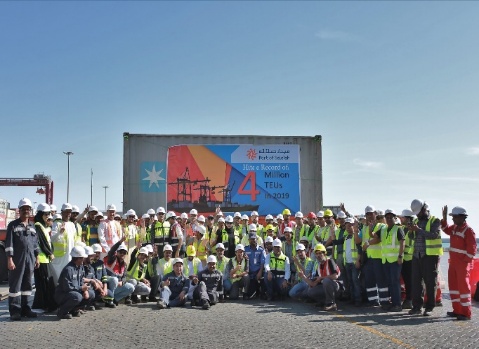
2018
The pilot boat NAJM-2 was commissioned and joined the Port of Salalah fleet. Port of Salalah celebrated 20 years of operations, marking two decades of service. In the Lloyd’s List Top 100 Container Ports for 2018, the port achieved a global ranking of 39th.
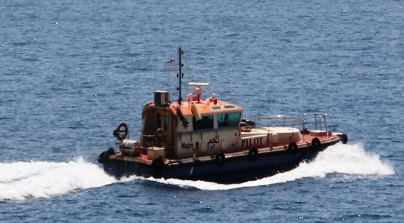
2017
Cavotec installed 16 MM400E15 units at Berths 3 and 4 of the Container Terminal, improving vessel stability during the Khareef season at a cost of about 3.5 million OMR. A new 2.7 km dual carriageway with three roundabouts was also completed under MOTC for around 4 million OMR. In 2017, Port of Salalah was ranked 44th in Lloyd’s List Top 100 Container Ports.
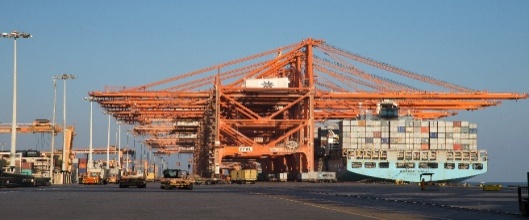
2016
Port of Salalah has inaugurated a new prayer hall (Masjid) at Container Terminal. Cavotec completed the installation of eight automated mooring system units at Berth 6, enhancing ship mooring operations during the Khareef season in a project valued at 1.8 million OMR. Salalahport.com was honored with the Bronze Award in Transport and Logistics at the Oman Tech Awards. Additionally, the Port of Salalah secured the 61st position in Lloyd’s List Top 100 Container Ports.
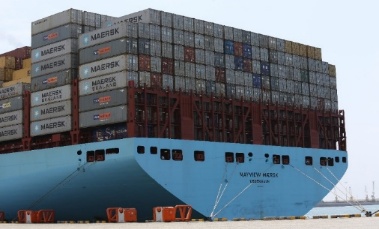
2015
The new deep-water General Cargo and Liquid Bulk Terminal had become operational. It added 20 million tons of dry cargo and six million of liquid bulk cargo annual handling capacity.
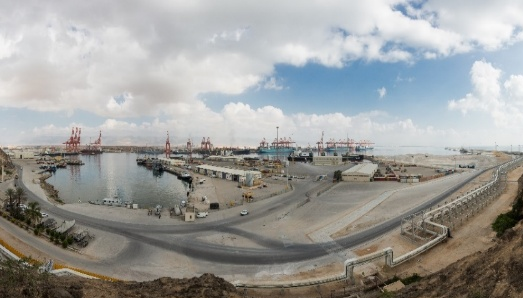
2014
Port of Salalah received multiple international recognitions, including the Global Green Award in Berlin and the Bronze Award at the Oman Tech Awards for its website. Ranked third in Africa, the Middle East, and Europe and 18th globally by the Journal of Commerce, the port also earned the Collaboration Award from APM Terminals, the Best Port Facility 2014, and a Safety Award from Lloyd’s List. The General Cargo Terminal expansion tripled capacity to 10 million tonnes, creating new opportunities for liquid storage.
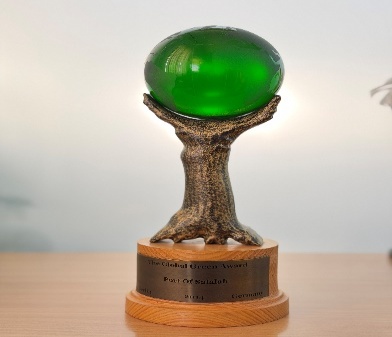
2013
The Governor of Dhofar visited Port of Salalah and boarded the APL Salalah, one of the world’s largest container vessels. Additionally, the General Cargo Terminal expansion has been listed among the Strategic Top 100 Global Infrastructure Projects. According to a Journal of Commerce Group study on port productivity, Port of Salalah ranked the sixth among global transshipment ports and 18th among the world’s top ports.
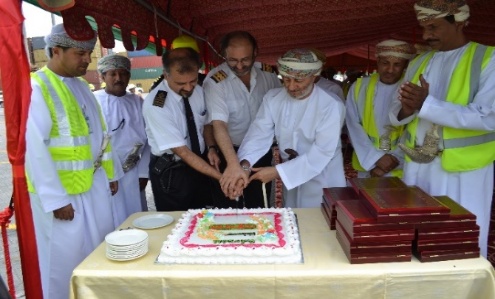
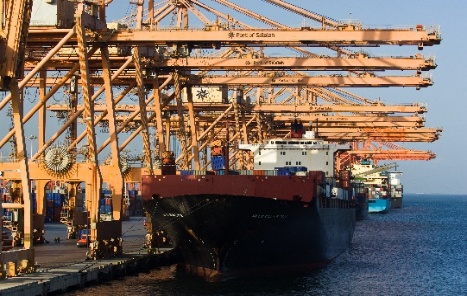
2012
Port of Salalah began expanding its General Cargo capacity to 20 million tons of dry bulk and over 6 million tons of liquid products, celebrated handling 30 million TEUs, and received multiple awards, including Most Improved Terminal, Corporate Social Responsibility, and Green Habitat at Oman Green Awards.
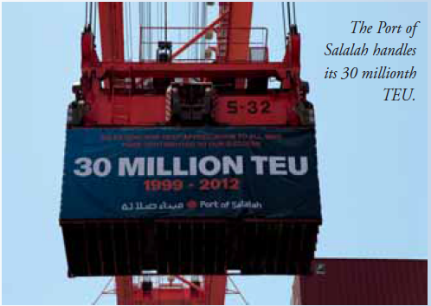
2011
Port of Salalah had introduced a dedicated taxi stand service for cruise and crew passengers and upgraded its General Cargo Terminal with new bulk handling equipment. In recognition of its commitment to safety and sustainability, the port was awarded the Lloyd’s List Safety Award and, for the second consecutive year, received the Environmental Award.
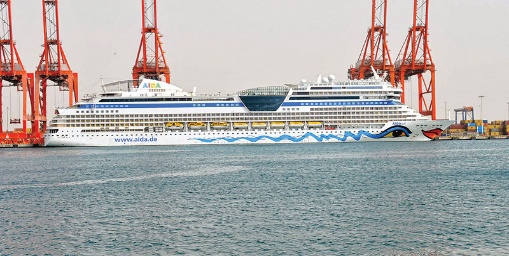
2010
Port of Salalah was honoured with a national environmental award, listed among the Top 20 Companies, awarded Best GCT Transshipment Hub by World Finance, and recognized as the region’s second-best warehousing location.
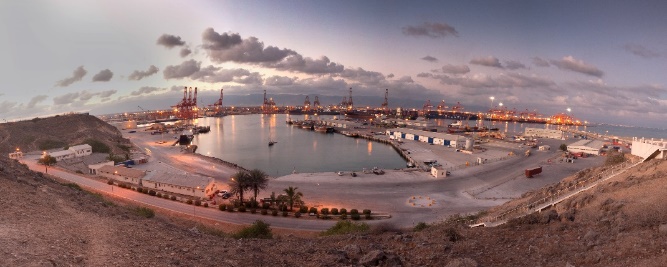
2009
Celebrating 20 million TEU, the port added four Post-Panamax Gantry Cranes and six Rubber Tyre Gantry Cranes, while also launching the SWITCH program to cut carbon emissions by 25% within five years.

2008
Commissioning of Berths 5 and 6, along with dredging, breakwater construction, and related facilities. The Port of Salalah’s newly constructed Training Centre has been inaugurated.
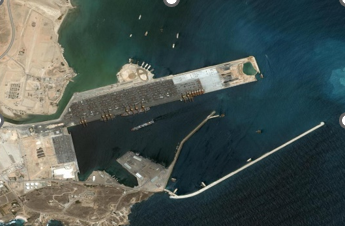
2007
Berth 5 had been completed, with container volumes surpassing 2.5 million TEU and general cargo volumes exceeding 2.8 million.
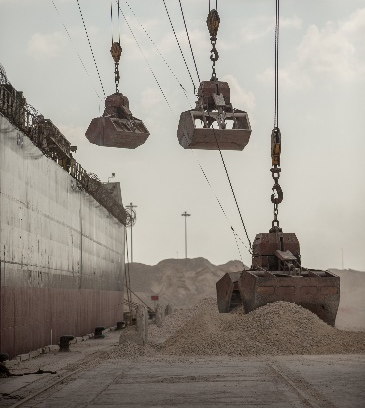
2006
Six Post-Panamax Gantry Cranes have been incorporated into the port's equipment.
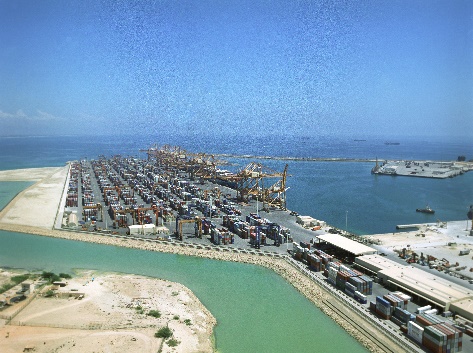
2005
A significant milestone of 10 million TEU has been celebrated.
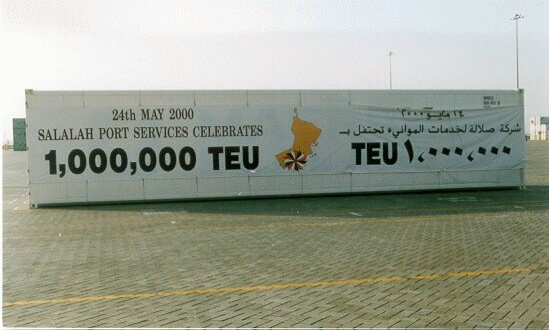
2004
Efforts had been undertaken to convert the training department into a fully equipped, all-encompassing Training Centre.
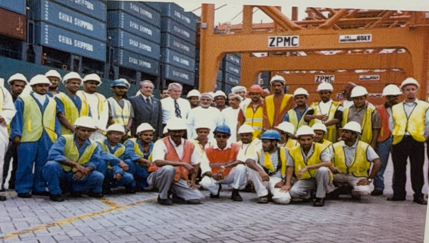
2003
Approval had been granted for an expansion project adding two new berths 5 and 6, at the Container Terminal, along with a new breakwater. Additionally, the port was recognized as the Best Seaport in the Middle East at the Asian Freight & Supply Chain Awards.
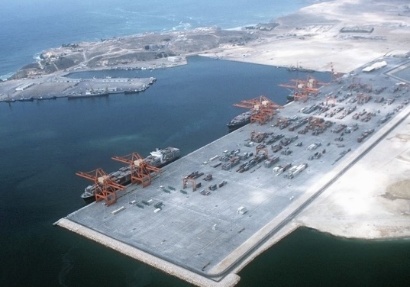
2002
For the first time, the Container Terminal achieved a handling capacity that surpassed its anticipated volumes.
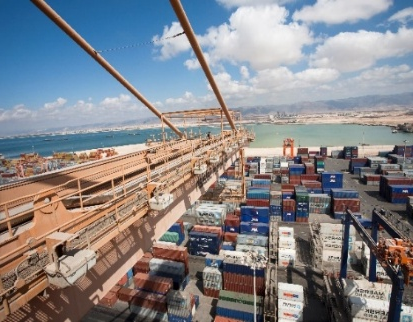
2001
Port of Salalah launched its First Summer Internship Program as part of its Corporate Social Responsibility initiative.
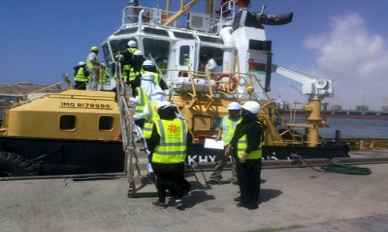
2000
The bunkering facilities had been completed, and the General Cargo Terminal has come under the management of Port of Salalah.
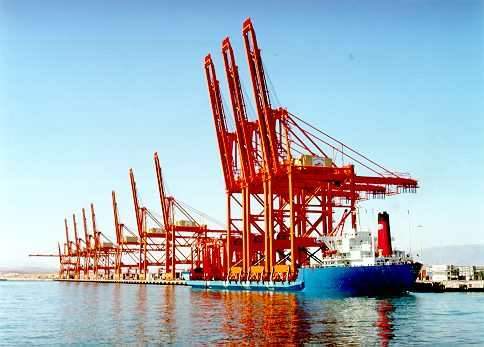
1999
Port of Salalah has set a world record for productivity, handling over 250 berth moves per hour. It was also recognized with the Best Investment Project in Oman Award.
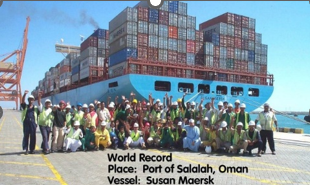
1996-1998
The Government of Oman, alongside Maersk Line, Sealand, and private partners, developed Raysut Port (Salalah Port). Phase 2, costing USD 129 million, expanded the port to handle larger vessels.
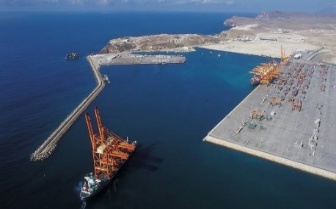
1981-1982
Phase 3 had been established a container terminal equipped with a 35-ton gantry crane, supporting the government’s second 5-Year Plan to boost national economic growth through international maritime trade.
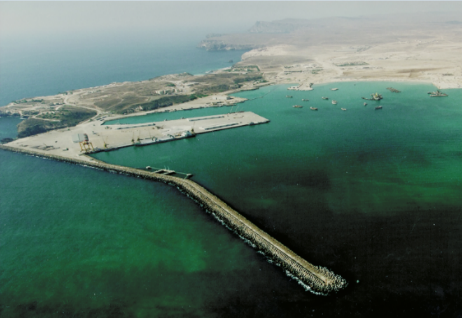
1976-1980
Phase 2 of Raysut Port development had been completed to handle an annual vessel capacity of one million metric tons.
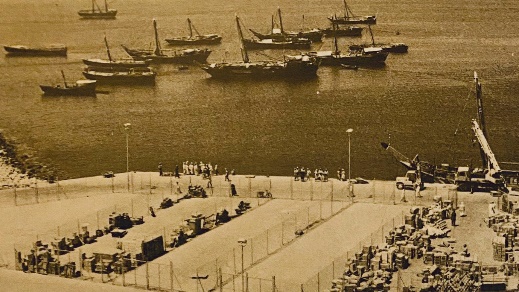
1971-1974
The Government of Oman launches the development of Raysut Port (Port of Salalah), resulting in upgraded infrastructure capable of handling vessels with drafts of up to 4 meters.
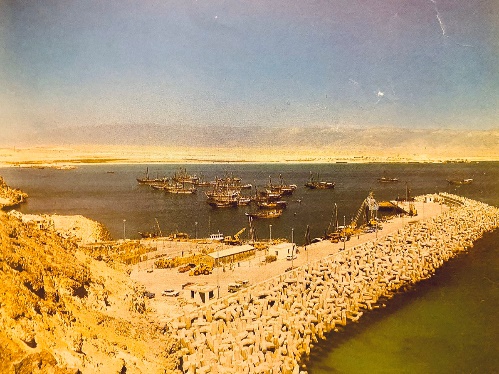
1970
Dhofar was a modest yet crucial trading hub that connected with Ancient Rome, Arabia, Egypt, Persia, East Africa, and India. Prior to the 1970s, its rich frankincense resources sustained coastal trade through maritime routes. Due to limited infrastructure, large ships anchored offshore, making trade particularly hazardous during the Khareef monsoon (June–September).
